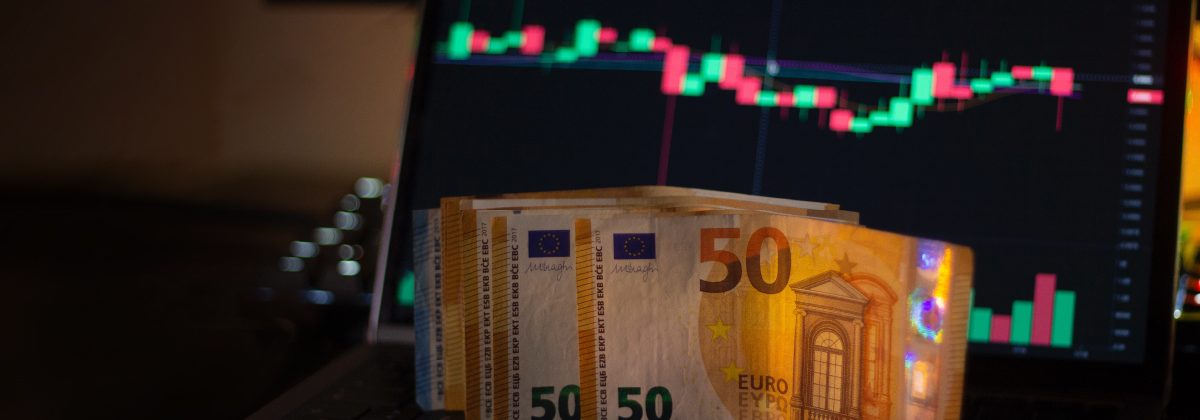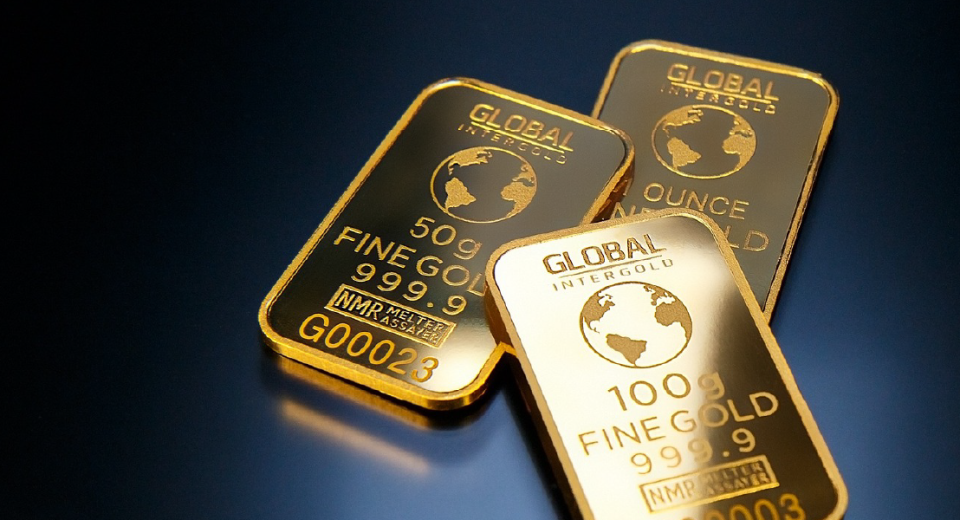What Does Euro-Dollar Parity Mean for the Financial Markets?

You may already know that forex is the largest financial market, with a daily volume of around $6.6 trillion. But did you know that the EUR/USD is the world’s most actively traded forex pair, comprising around 24% of the forex market’s daily turnover? That’s why fluctuations in the exchange rate impacts not just the forex market but practically all financial markets.
In July 2022, euro-dollar parity grabbed the headlines as well as the mindshare of anyone even remotely associated with the global financial markets. As the name suggests, euro-dollar parity is when the euro trades at par with the US dollar. In other words, you get $1 for every €1 you wish to exchange. Let’s understand why this happened and why it was such a hot topic of discussion for months to come.
Why Did the EUR/USD Decline in July 2022?
The euro exhibited great resilience during the 2008 financial meltdown and traded around 1.8 times the US dollar. So, why did the currency succumb to pressure in 2022? While the Russia-Ukraine war and the resulting energy crisis, as well as the pandemic-led supply chain disruptions can be blamed for the fate of the euro, a major factor driving the forex pair lower was the strength in the US dollar.
Faced with soaring inflation, the Federal Reserve aggressively hiked interest rates by 75 basis points at four consecutive policy meetings. An interest rate hike boosts the domestic currency. The Fed’s hawkish stance drove the US dollar index, which measures the greenback’s value versus a basket of its major peers, higher by around 10% in the year.
The European Central Bank (ECB) also raised interest rates but not as aggressively as the US Fed.
Did you know
Apart from the interest rate hikes, concerns around the global economy also supported the US dollar, which is considered a safe-haven option by traders and investors alike.
Impact on Forex Trading
Historically, euro-dollar parity has had implications for the EU currency and the Eurozone.
Impact on the Euro
The last time there was a euro-dollar parity was in July 2002, which followed 19 months of the EU currency being stronger than the greenback. When the euro reached parity with the US dollar, it declined sharply. It took more than two years for the euro to recover.
Impact on the Eurozone
Any decline in the EUR/USD forex pair means exports from the EU countries become cheaper for US buyers, while imports from the US become more expensive for Eurozone. This fuels inflation in the common bloc, making the euro even less attractive for investors in the forex market.
When trading forex, it’s important to know the factors that typically impact both the currencies in the EUR/USD pair.
Factors That Impact the Euro
- GDP and other major economic releases from the countries included in the Eurozone
- The ECB’s monetary policy (specifically changes in interest rates)
- Budget deficits and government debt levels of the Eurozone countries
- The political atmosphere in the EU countries
Factors That Impact the US Dollar
- US GDP growth rates
- Federal Reserve’s interest rates
- NFP (nonfarm payrolls) data
- The US national debt and budget deficits
- Consumer savings and household income rates
- Social security and healthcare costs
Impact on the Stock Market
US companies that do business with Europe are hit by the strengthening of the greenback. On the other hand, European businesses that have exposure to the US benefit from a decline in the EUR/USD exchange rate, as they receive more euros for every US dollar they earn. The sanctions on Russia and energy crises in Europe in 2022 tied the European nations even more strongly to imports from the US.
Did you know
Aerospace, mineral fuels, and manufactured goods in machinery, vehicle, and chemicals contribute the largest share of US exports to Europe. The largest share of EU exports to the US is contributed by the pharma, aircraft, and medical equipment industries.
Tip
The Stoxx Europe 600 is considered a good way to hedge exposure to the S&P 500. This is because the European index includes several companies that earn in US dollars (and benefit from a strengthening greenback but are shielded from the Fed’s aggressive tightening policy).
Impact on Commodities
Commodities globally are quoted in the US dollar. A declining EUR/USD forex pair means lower demand for commodities from Europe, which exerts pressure on prices.
Looking into 2023 and Beyond
In July 2022, the ECB raised interest rates for the first time in 11 years. It was a late starter and has typically been a more conservative major central bank. Due to this, there could be more interest rate hike announcements by the ECB in 2023 and beyond, while other major banks may be forced to pause after their aggressive moves in 2022. This could support the EUR/USD in forex trading.
Tip
EUR/USD moves can be gauged by looking at the performance of the MSCI World Index, which is an indicator of the global risk sentiment, and the 2-year EUR-USD swap spread, which mirrors the policy differential between the Fed and ECB.
The EUR/USD parity still offers many forex trading opportunities. Traders can use CFDs to speculate on currency moves in either direction. Additionally, stock indices can be used to hedge risks associated with forex market moves.
Key takeaways
- Euro-dollar parity has an impact on the global financial markets.
- While monetary policy moves by the Fed and ECB have a meaningful impact on the EUR/USD forex pair, it’s important to keep an eye on the other factors that impact these currencies.
- Commodities have a direct relationship with movements in the EUR/USD forex pair.
- Any decline in the global risk appetite supports the US dollar and exerts pressure on the EUR/USD.
Disclaimer:
All data, information and materials are published and provided “as is” solely for informational purposes only, and is not intended nor should be considered, in any way, as investment advice, recommendations, and/or suggestions for performing any actions with financial instruments. The information and opinions presented do not take into account any particular individual’s investment objectives, financial situation or needs, and hence does not constitute as an advice or a recommendation with respect to any investment product. All investors should seek advice from certified financial advisors based on their unique situation before making any investment decisions in accordance to their personal risk appetite. Blackwell Global endeavours to ensure that the information provided is complete and correct, but make no representation as to the actuality, accuracy or completeness of the information. Information, data and opinions may change without notice and Blackwell Global is not obliged to update on the changes. The opinions and views expressed are solely those of the authors and analysts and do not necessarily represent that of Blackwell Global or its management, shareholders, and affiliates. Any projections or views of the market provided may not prove to be accurate. Past performance is not necessarily an indicative of future performance. Blackwell Global assumes no liability for any loss arising directly or indirectly from use of or reliance on such information herein contained. Reproduction of this information, in whole or in part, is not permitted.




